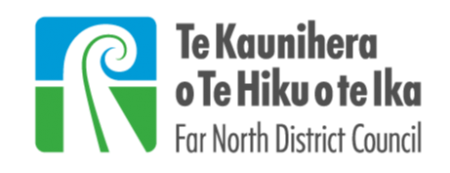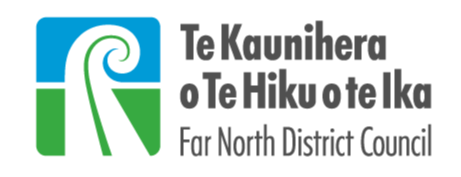Recovery phases
We are in Phase 3 of the recovery. Our response programme follows the process set out by the funding requirements of Waka Kotahi.
Phase 1: Initial response
Urgently completed within 4-6 weeks of the event to reinstate basic levels of access, secure sites against further damage, and minimise hazards. These initial activities include:
- Clearance of over-slips to reinstate at least 1 trafficable lane
- Clearance of debris and fallen trees
- Implementation of effective traffic management solutions
- Stability measures on dropouts and slips that are not compromising the network or isolating communities.
Phase 2: Minor recovery works
Following the initial response we can begin minor works, generally costing less than $100k per site with lower risk and restoring most roads to their previous condition. Each site requires an application to Waka Kotahi and funding approval. Activities include, but are not limited to:
- Simple rock retention walls
- Minor road narrowing
- Pavement dig-outs and geotextile wraps
- Hazardous tree removals. Includes costs for geotechnical risk assessments and options reporting (Emergency Works Assessments), as well as commencement of in-depth geotechnical investigation and designs to inform Phase 3 funding applications.
Phase 3: Major recovery works (current phase)
During the third phase we can undertake major repair works, those generally costing more than $100k per site, with higher risk and requiring geotechnical investigations and detailed design work. Each site requires an application to Waka Kotahi and funding approval. Activities include:
- Complex rock spall retention walls
- Shear key retention walls
- Timber or Concrete pile retaining walls

